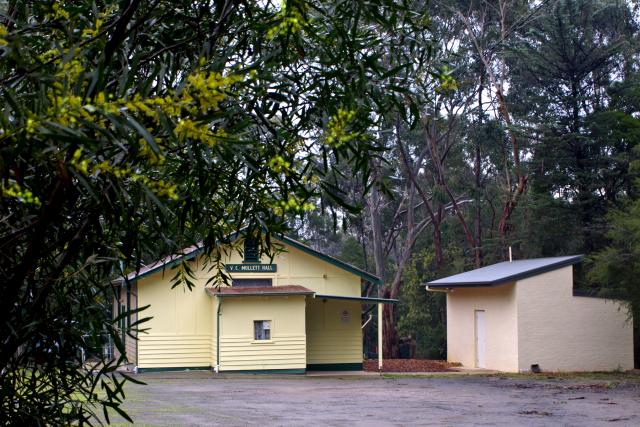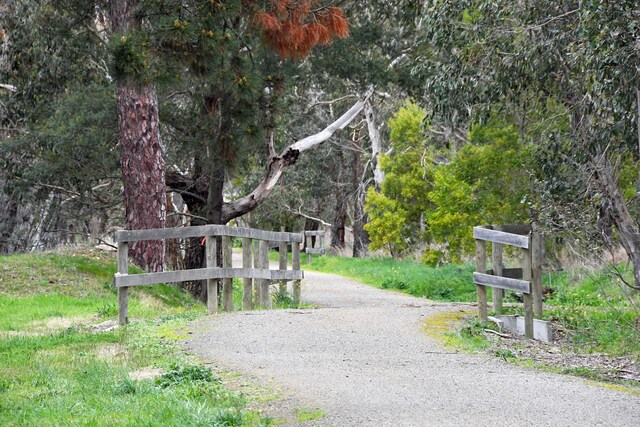 Hotting up: PhD student Leanne Webb with chief executive of Domaine Chandon Anthony Jordan, CSIRO’s Dr Penny Whetton and the University of Melbourne’s Professor Snow Barlow at the release of climate change research last week.
Hotting up: PhD student Leanne Webb with chief executive of Domaine Chandon Anthony Jordan, CSIRO’s Dr Penny Whetton and the University of Melbourne’s Professor Snow Barlow at the release of climate change research last week.By Dion Teasdale
CLIMATE change will dramatically alter the growing season for Australian grapes and affect the wine styles produced here, according to new University of Melbourne and CSIRO research.
The research results were launched at Domaine Chandon last week, where guests and national media were given a run down on the effect of climate change on the wine industry.
University of Melbourne Faculty of Land and Food Resources PhD student Leanne Webb has found that in future years grape growers can expect to see rising temperatures.
Ms Webb, whose research has been supervised by climate experts at the University of Melbourne and the CSIRO, said rising temperatures would cause a shift in budburst dates, a shorter growing season and earlier harvest times.
“Climate change will impact on the Australian wine industry and there will be winners and losers,” Ms Webb said.
“Grape growers will need to adapt. Without adaptation the overall impact of changes will be decreased grapes quality and consequently lower grape crop gross returns.”
Ms Webb’s research, completed under the direction of Professor Snow Barlow and Dr Penny Whetton, utilised climate change projections developed by the CSIRO for the years 2030 and 2050.
The research found that temperatures in most Australian wine regions were projected to increased by between 0.3 and 1.7 degrees Celsius by 2030.
“Modelling the effect if this temperature increase shows that grape quality could be reduced in some regions by 12 to 57 per cent if no adaptive measure are implemented,” Ms Webb said.
She said the impact of projected greenhouse gas-induced climate change would vary from wine region to wine region.
“The cropping calendar will change. With earlier harvest in a warmer climate, the temperature of the ripening period in some regions will become too warm to produce balanced wines from some or maybe all grape varieties growing there now,” Ms Webb said.
She also said choosing grapevine varieties suited to changing climate should become part of any vineyard establishment strategy.
“Some grape varieties could be planted in regions where they would previously have struggled,” she said.
“At the other end of the scale, in regions considered warm to hot for grape growing the number of varieties suitable for wine production may be reduced.”






